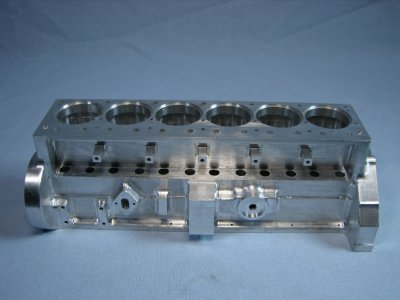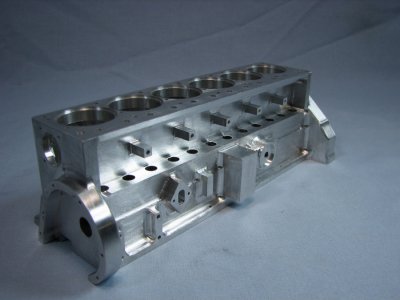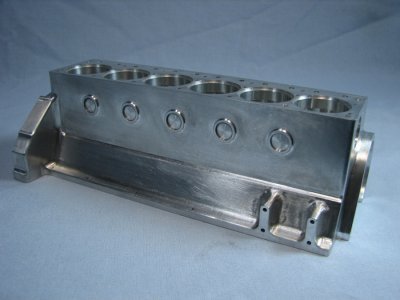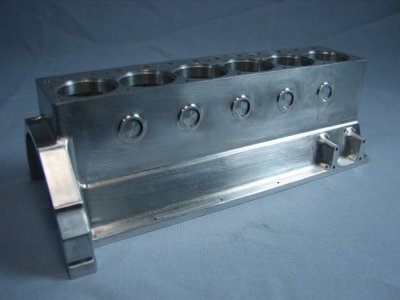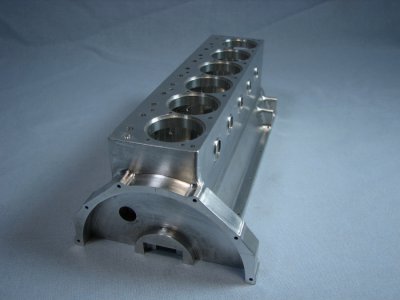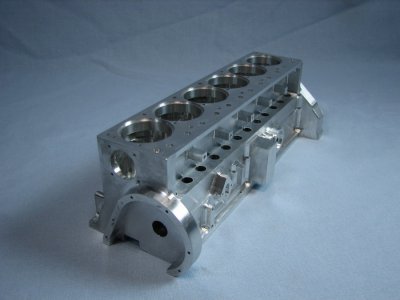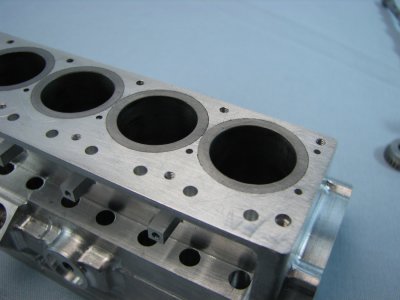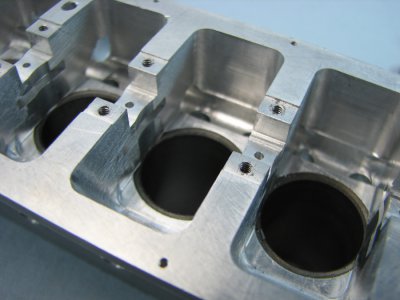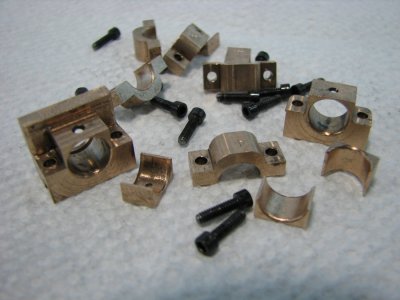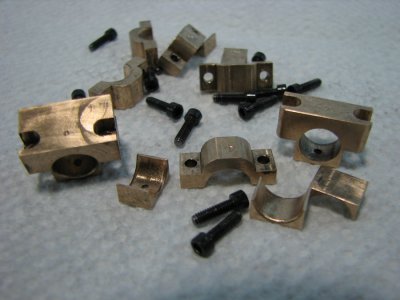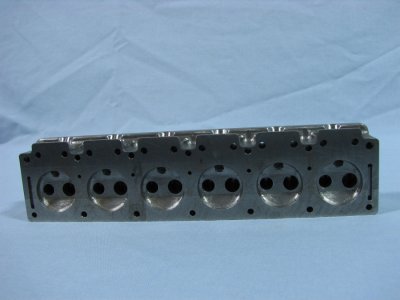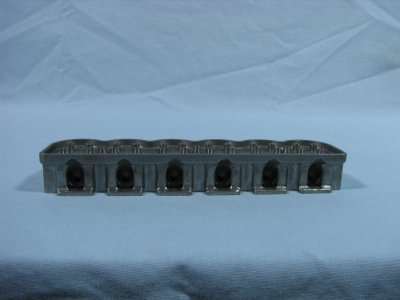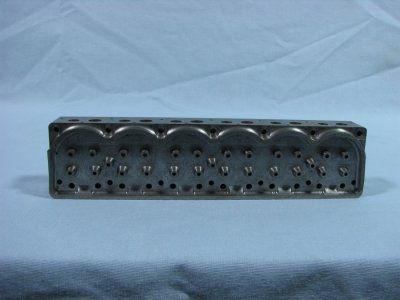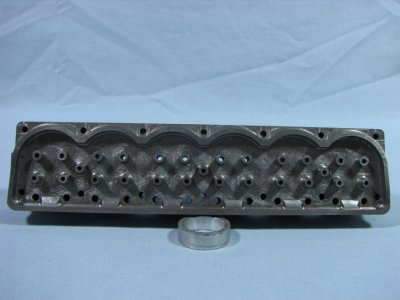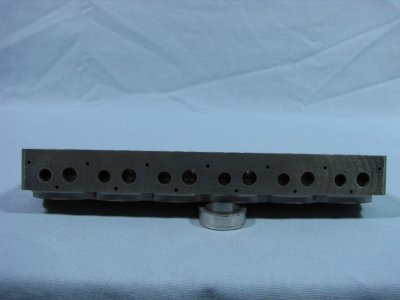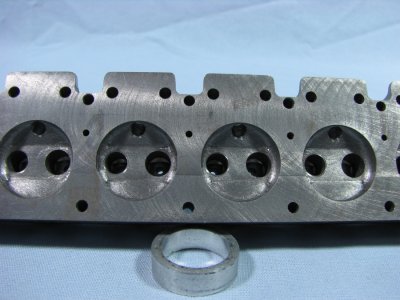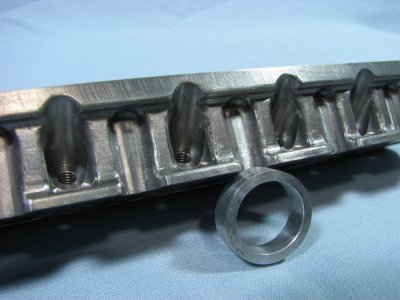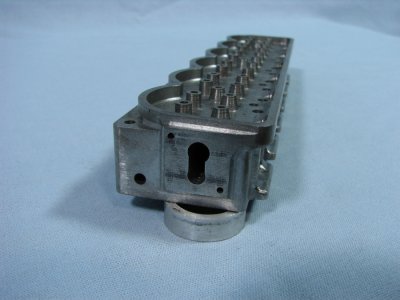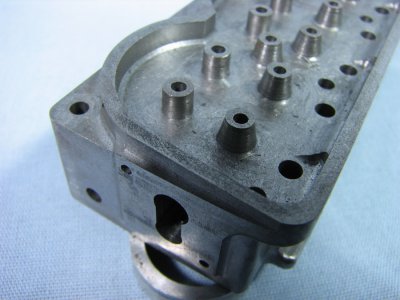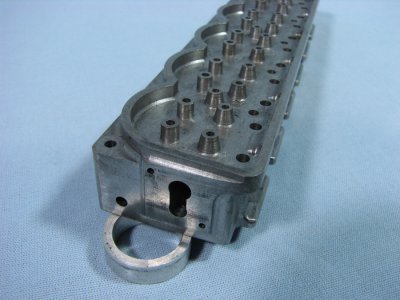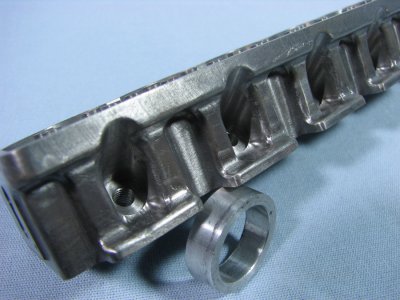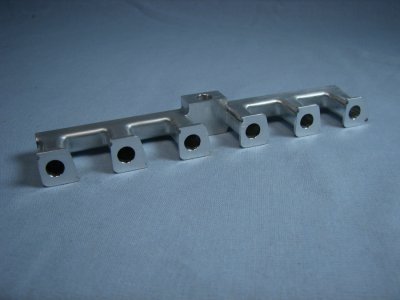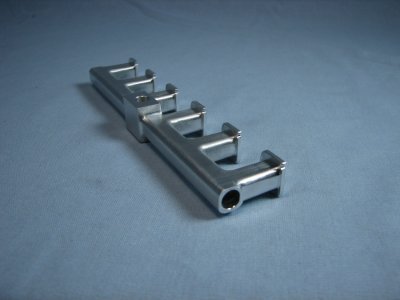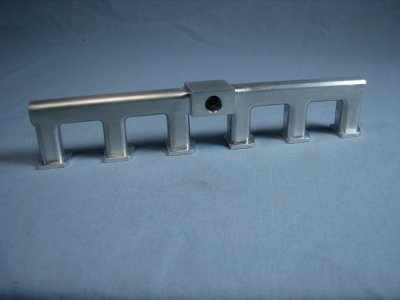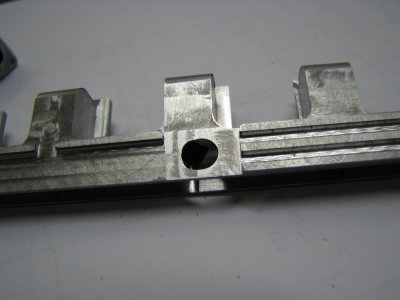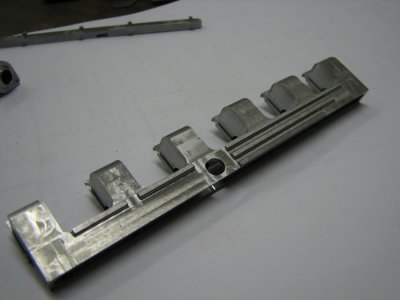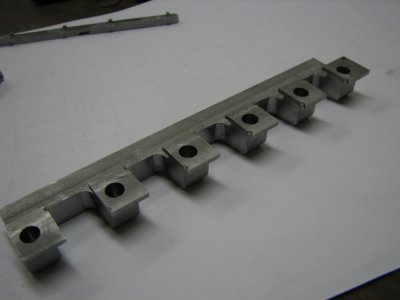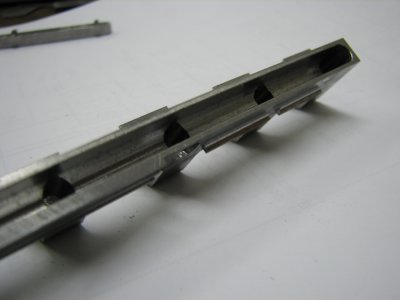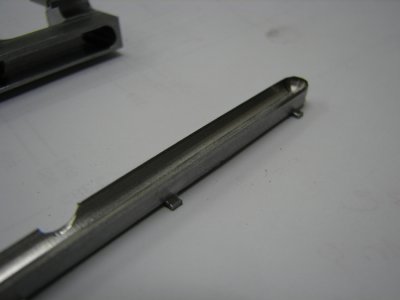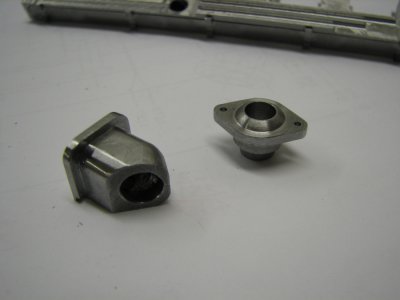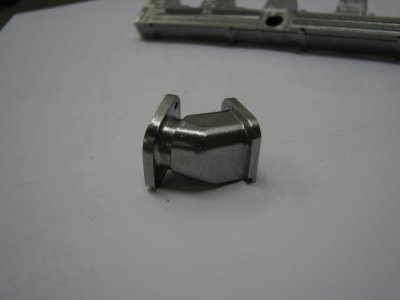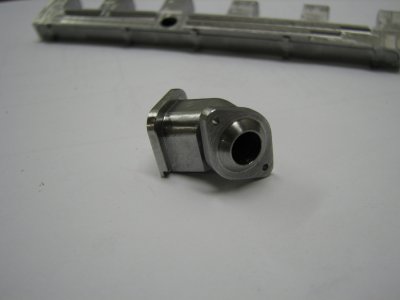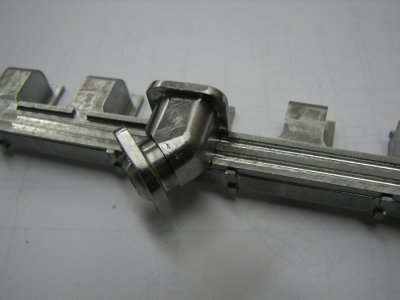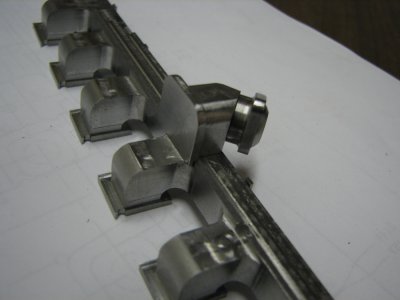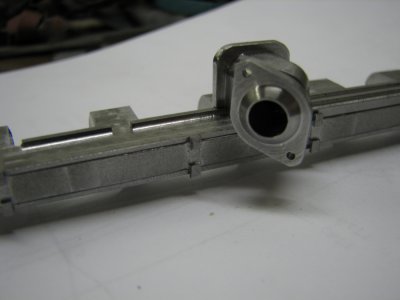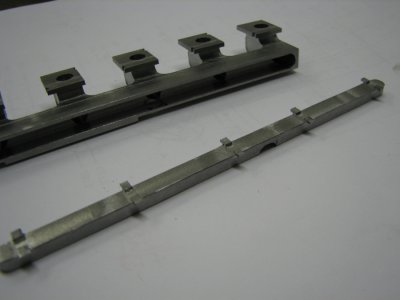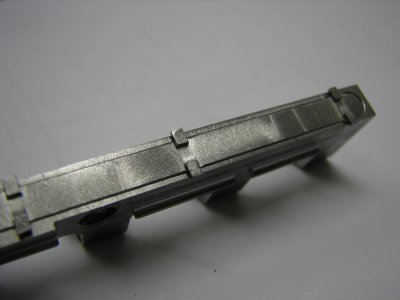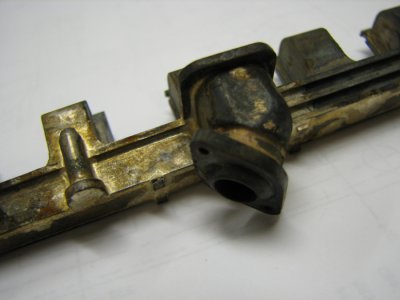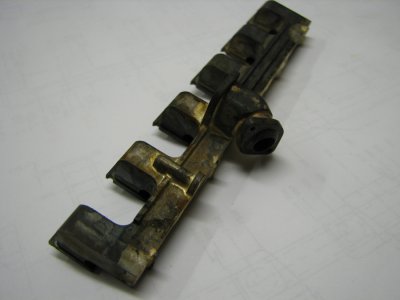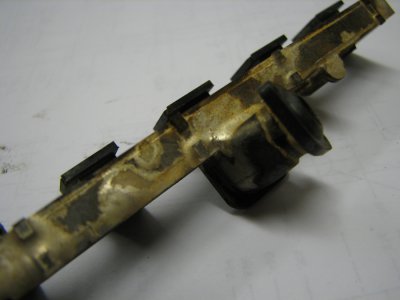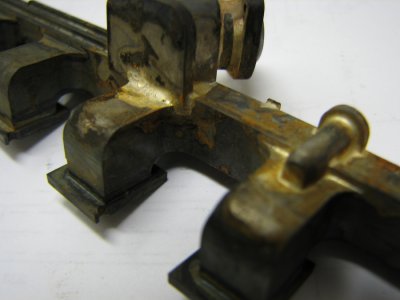- Joined
- Mar 22, 2013
- Messages
- 215
Gentlemen,
One of my last threads was on making helical gears for the above mentioned project. I have been working on it since late last summer and am getting close to finishing. I have done a complete build thread on another forum with partial builds on a couple more so the time involved in total documentation on multiple forums is very time consuming.
Here's a little background on the project. I have engines in quite a few cylinder configurations, singles, twin, 4, 5, and 8. I wanted to build a 6 cylinder engine somewhat based on my 4 cylinder OHV engine but with 6 cylinders. I started with the drawings I had made for the 4 and set about making the necessary changes. Shortly into the project I realized I didn't want another generic looking engine so having worked for Ford most of my life I decided to emulate the venerable 300 cu. in. inline six. It was at this point in the design that the only thing I gleaned from the 4 drawings were the bore and stoke, almost everything else changed.
The engine is completely scratch built, the block from aluminum, the head from iron, the crank and cam from steel, the rods from bronze and the many other parts from these metals. The bore and stroke are .75 x .875. This engine will have complete cooling through the block and head. It will be a splash oiling system and have an electronic Hall trigger ignition.
The cranks is made from 1144 stressproof steel. The configuration looks different form most cranks but this was copied from the full sized crank. If worse comes to worse in regard to balance I can always remove the extra stock from the counterweight area.
The cam is made from W-1 drill rod and left unhardened. The lifters will be hardened and polished. In trying to follow the full sized engine the distributor needed to be placed mid block so that was the need for the helical gear set. The cam blanks were milled with matching flats on the inner ends and upon assembly were pressed and Loctited in place. The cam was set into a fixture for alignment until the Loctite set although the fit of the tangs and the gear held it almost perfectly in alignment.
gbritnell
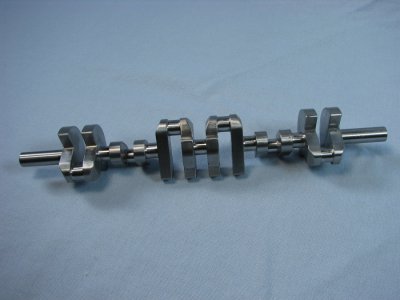
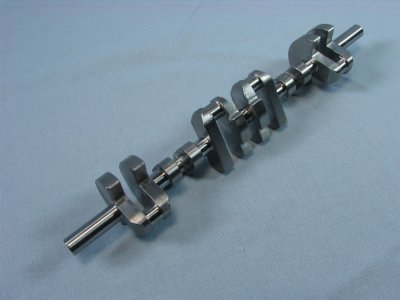
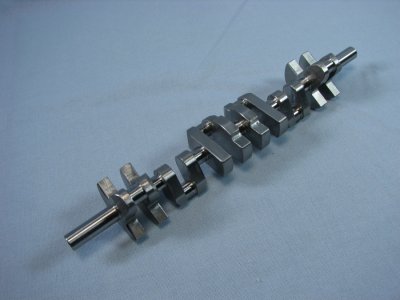
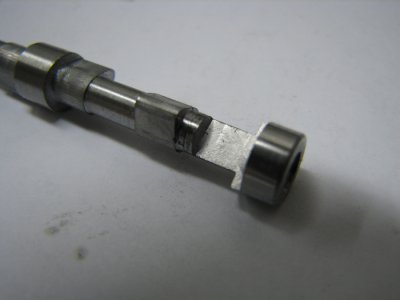
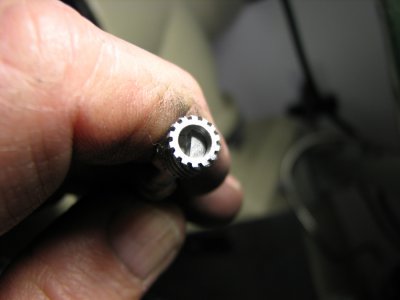
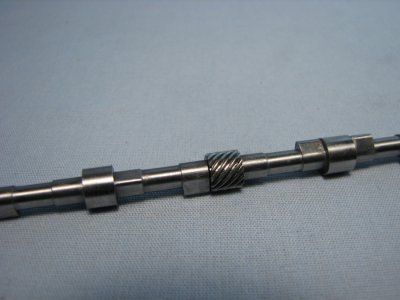
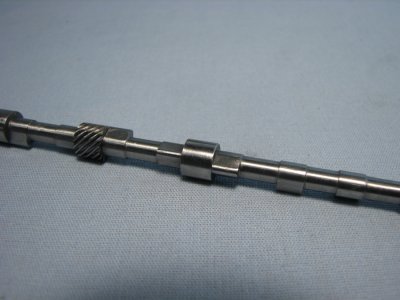
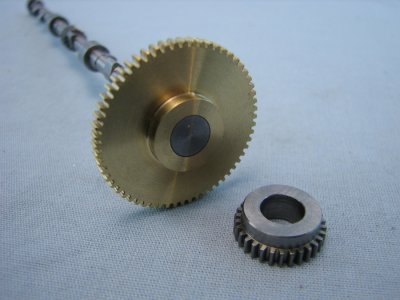
One of my last threads was on making helical gears for the above mentioned project. I have been working on it since late last summer and am getting close to finishing. I have done a complete build thread on another forum with partial builds on a couple more so the time involved in total documentation on multiple forums is very time consuming.
Here's a little background on the project. I have engines in quite a few cylinder configurations, singles, twin, 4, 5, and 8. I wanted to build a 6 cylinder engine somewhat based on my 4 cylinder OHV engine but with 6 cylinders. I started with the drawings I had made for the 4 and set about making the necessary changes. Shortly into the project I realized I didn't want another generic looking engine so having worked for Ford most of my life I decided to emulate the venerable 300 cu. in. inline six. It was at this point in the design that the only thing I gleaned from the 4 drawings were the bore and stoke, almost everything else changed.
The engine is completely scratch built, the block from aluminum, the head from iron, the crank and cam from steel, the rods from bronze and the many other parts from these metals. The bore and stroke are .75 x .875. This engine will have complete cooling through the block and head. It will be a splash oiling system and have an electronic Hall trigger ignition.
The cranks is made from 1144 stressproof steel. The configuration looks different form most cranks but this was copied from the full sized crank. If worse comes to worse in regard to balance I can always remove the extra stock from the counterweight area.
The cam is made from W-1 drill rod and left unhardened. The lifters will be hardened and polished. In trying to follow the full sized engine the distributor needed to be placed mid block so that was the need for the helical gear set. The cam blanks were milled with matching flats on the inner ends and upon assembly were pressed and Loctited in place. The cam was set into a fixture for alignment until the Loctite set although the fit of the tangs and the gear held it almost perfectly in alignment.
gbritnell










